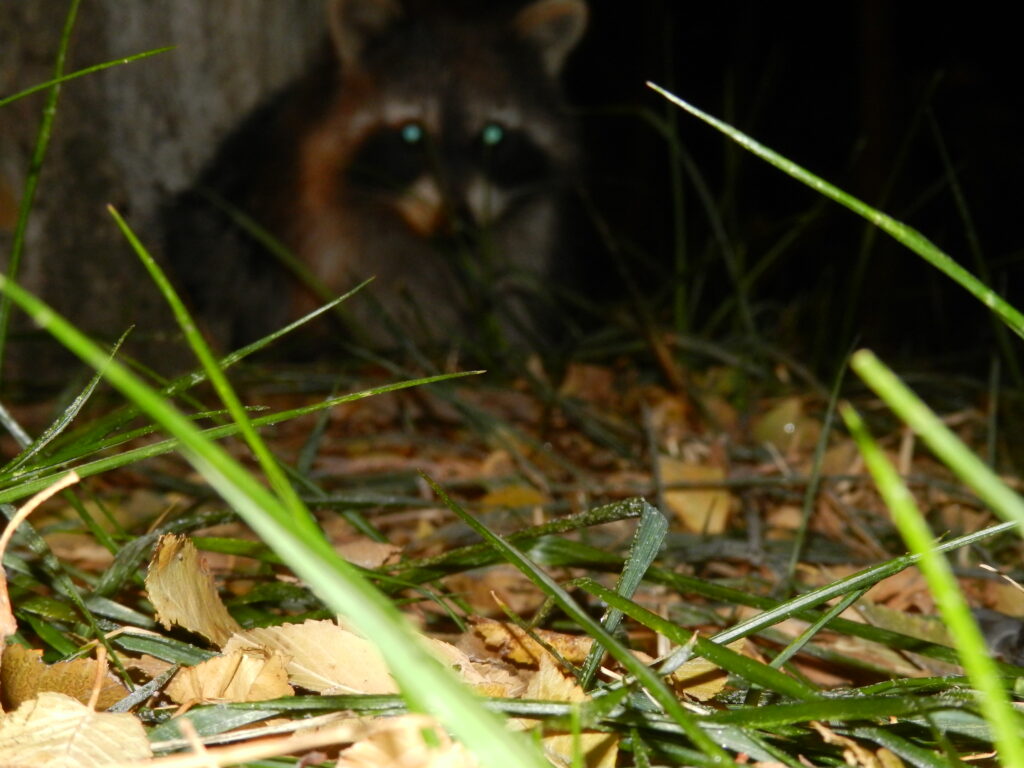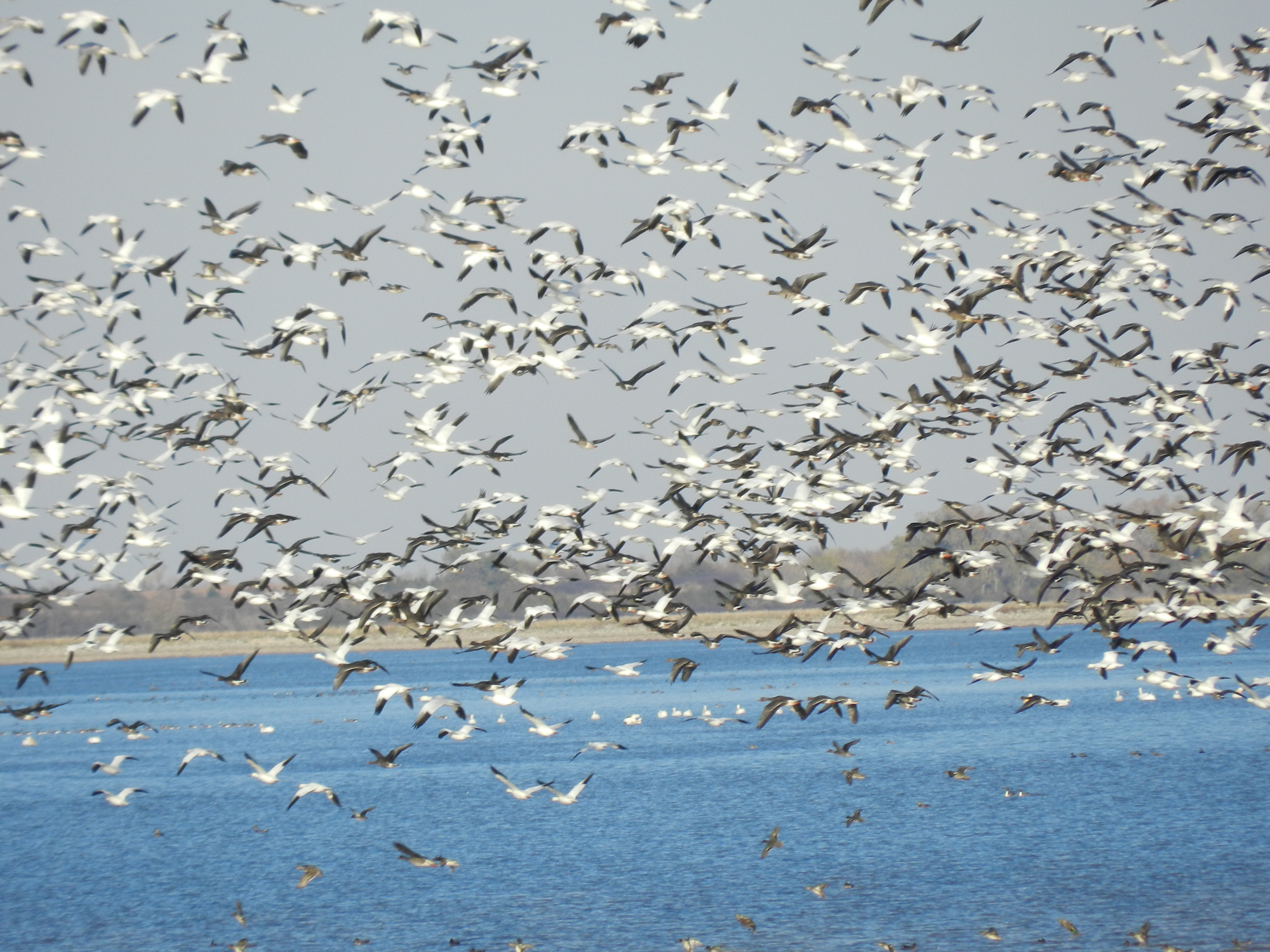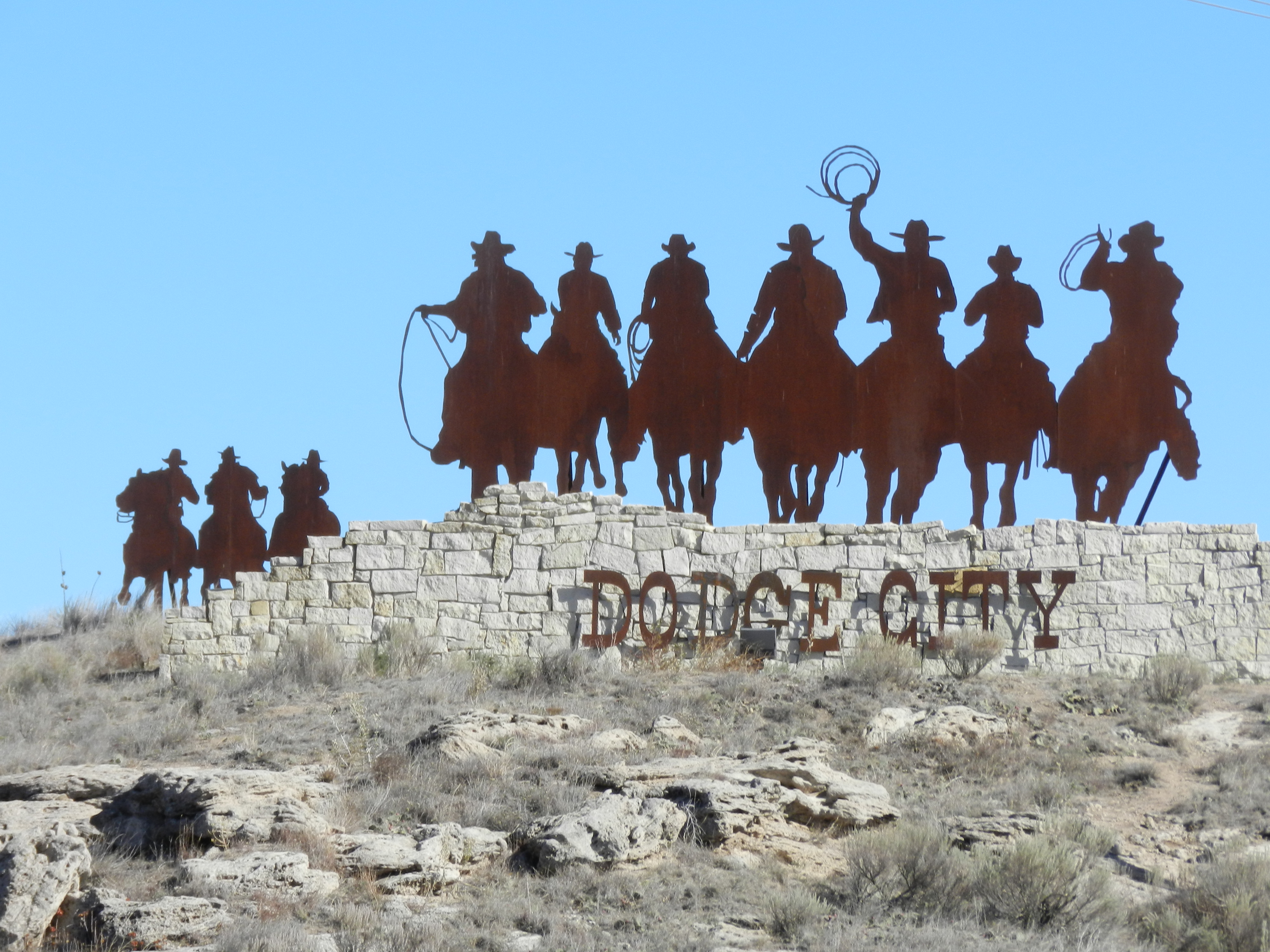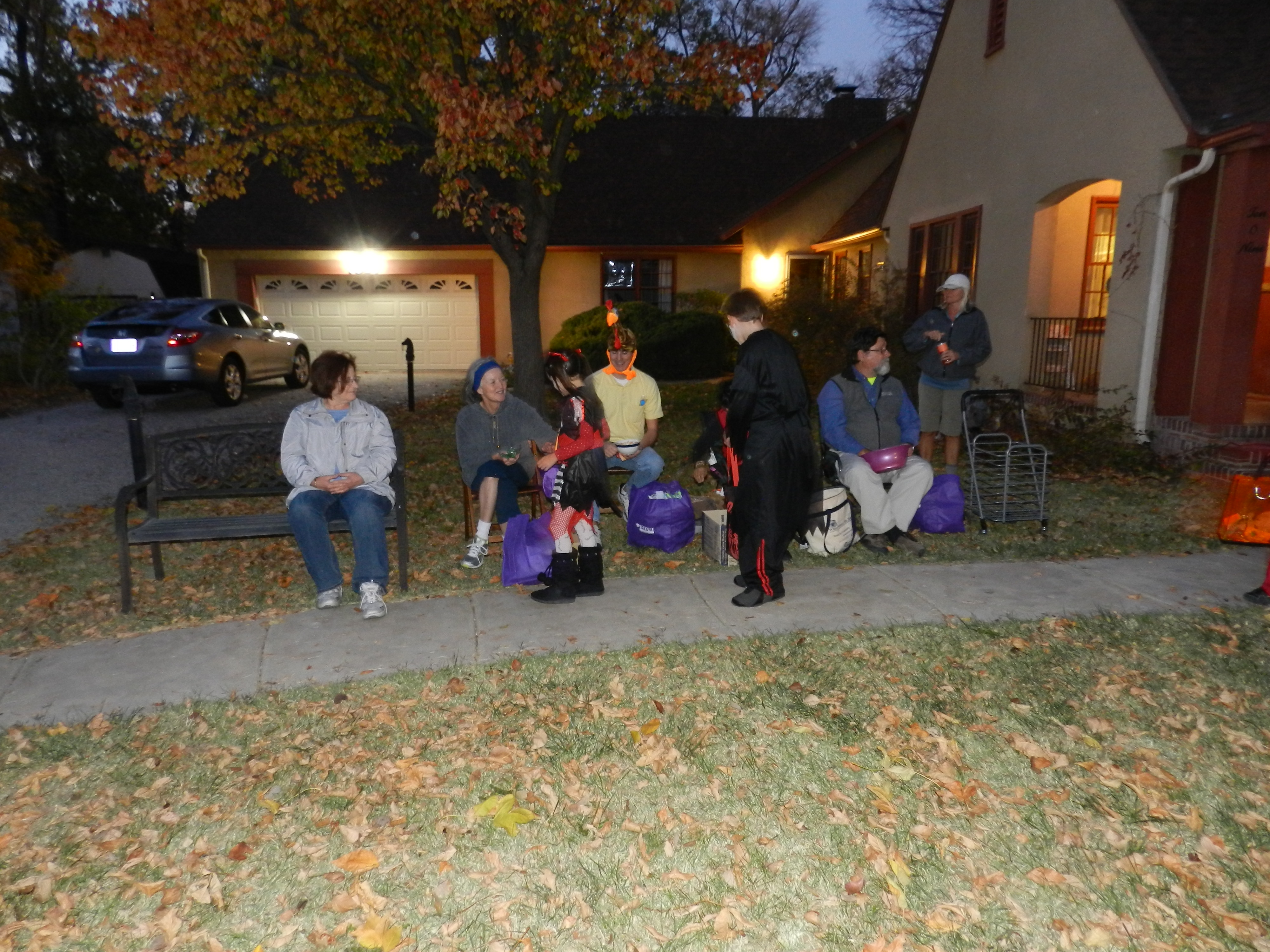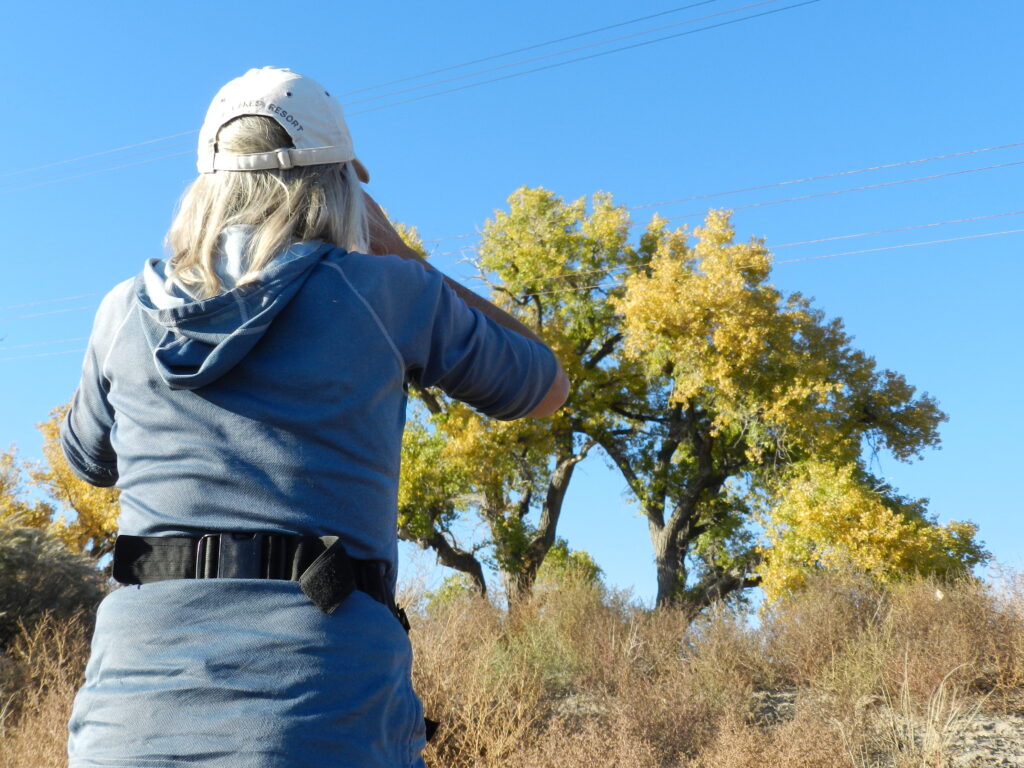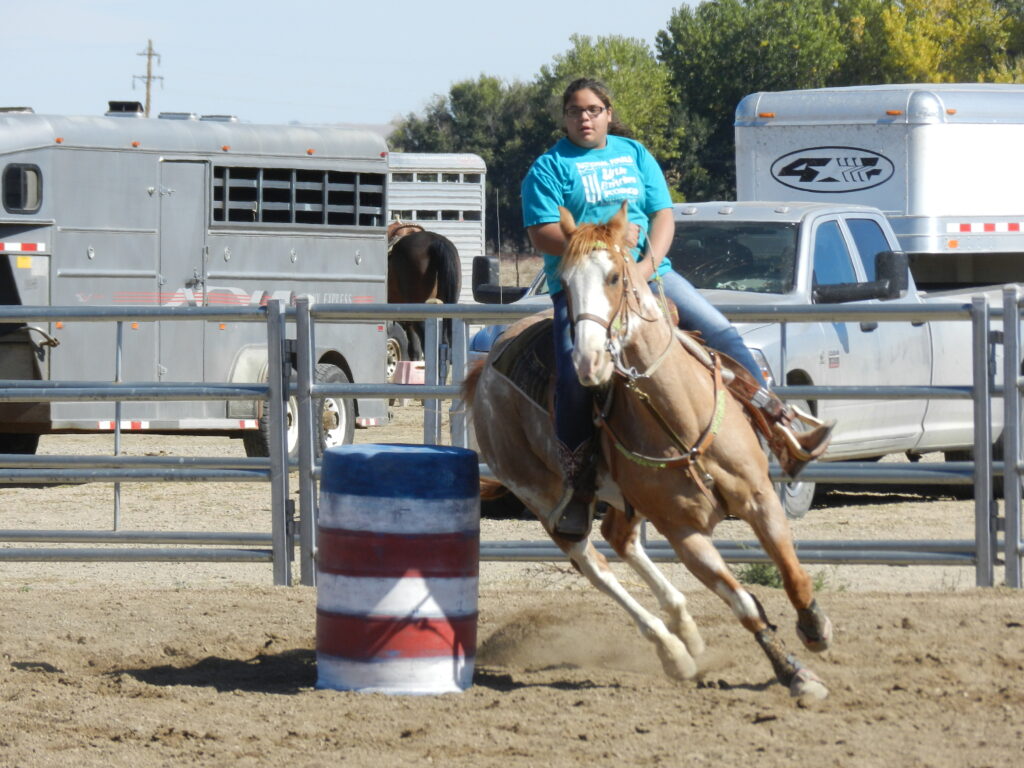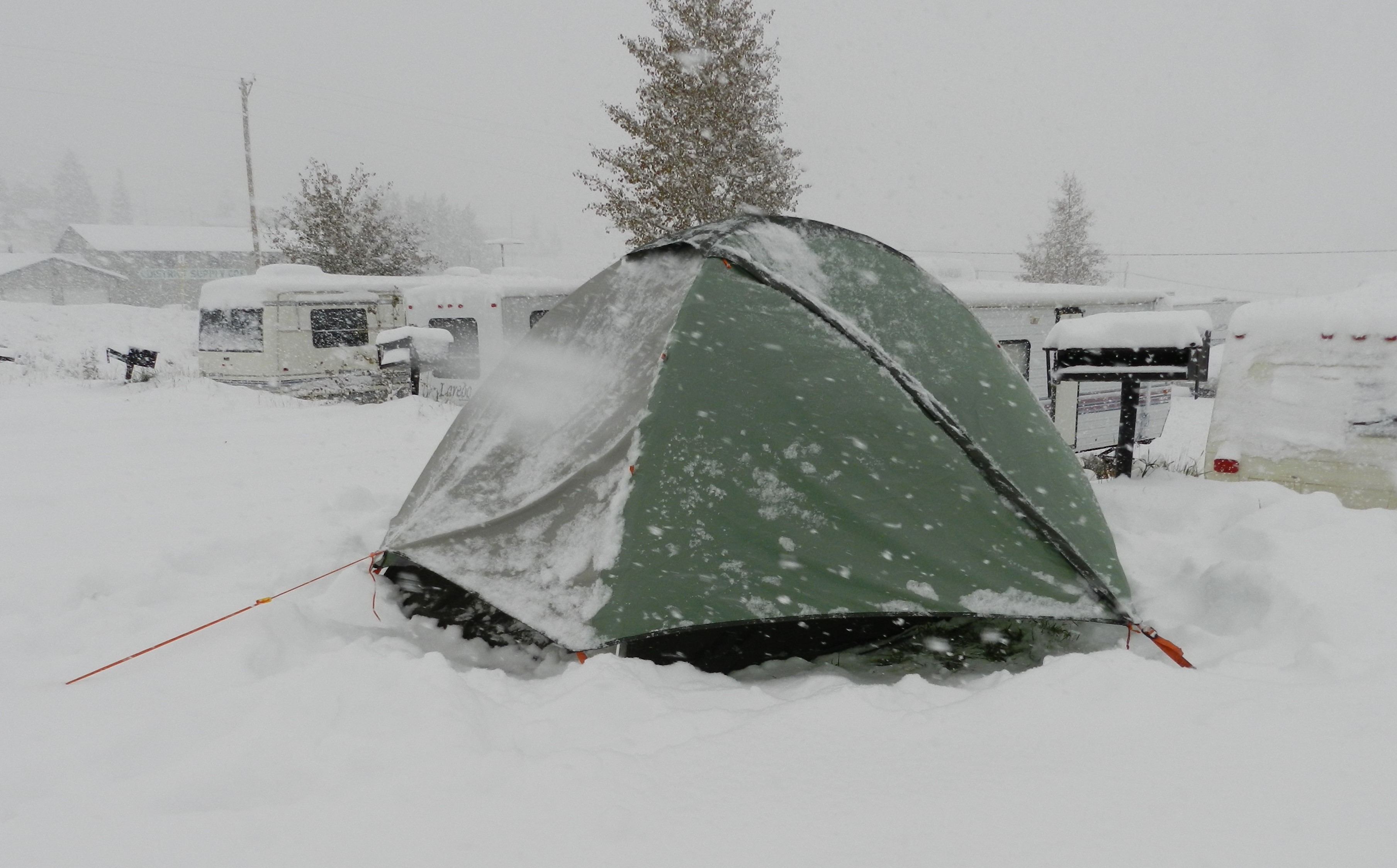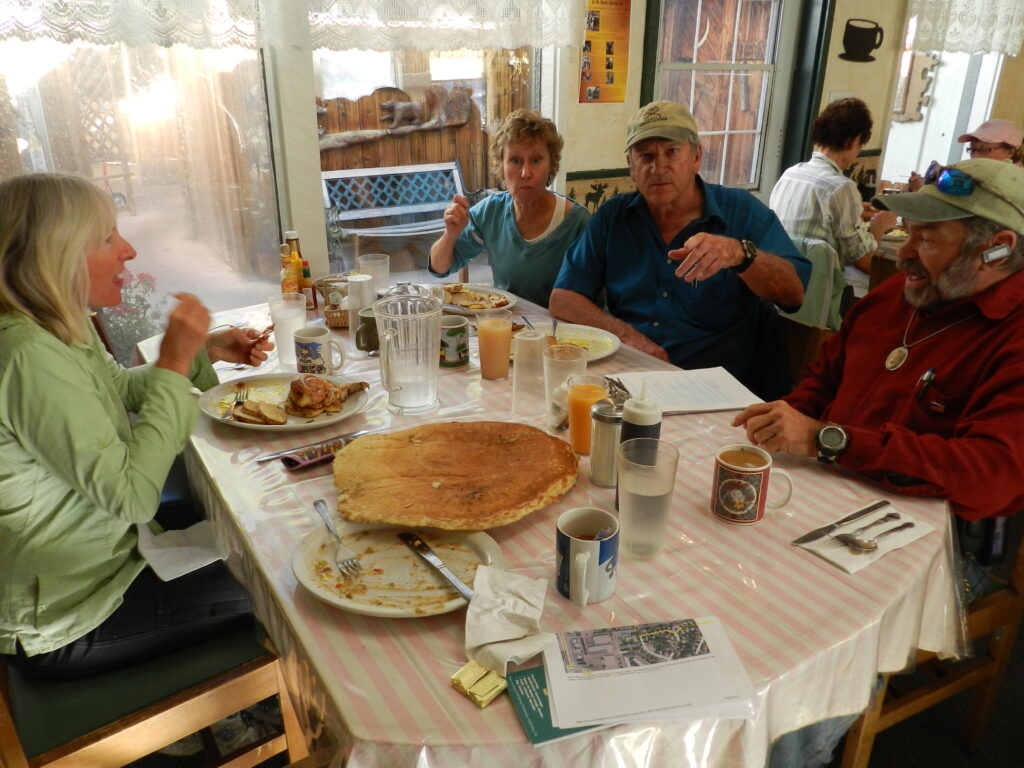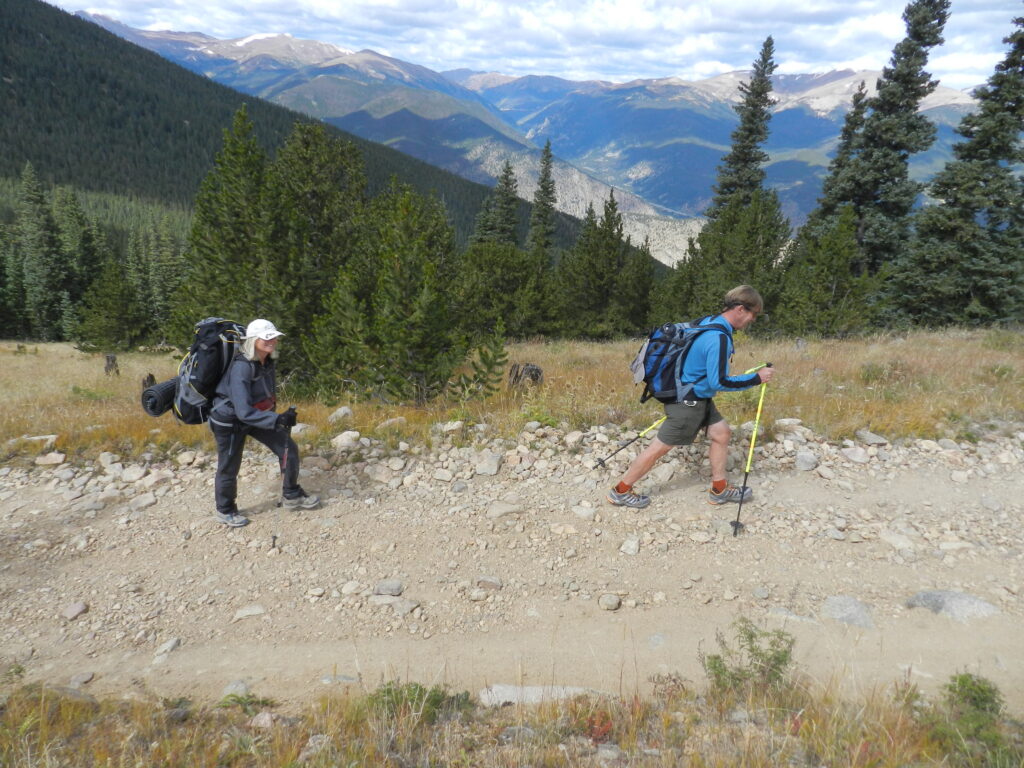For the long distance hikes lasting that long, Thanksgiving always treated me spectacularly.
In 1977 few people had yet to hike the Pacific Crest Trail, with our group of four being among the first one hundred. The number finishing at the southern border was much fewer still, making our arrival at Campo newsworthy to the San Diego Union reporters who met us there the morning before Thanksgiving. The story was picked up by the AP and other major outlets. The publicity combined with some hikers we met from the area along the way resulted in a Thanksgiving not to be forgotten.
We attended a bountiful Thanksgiving party for graduate students of the Scripps Institute of Oceanography, where we became the guests of honor. Hikers we met during the journey took us to a Mexican Restaurant, the San Diego Zoo and Disneyland. Our Disneyland host was part of a long distance trio we encountered several times, known as Dana, Mark and Kyle back before trail names became popular. Our host Dana treated us like celebrities because the trial thought we were the only ones who actually hiked the whole trail in 1977, a troublesome year for snow.
Our good fortune was such that, as we went out to buy copies of the San Diego Union on Thanksgiving morning, an SDU delivery driver pulled over his truck when he spotted us. He looked at the paper, then at us, then at the paper again, then asked: “Are you these guys!” When we said yes he gave us a bunch of free copies out of the truck.
By 1985 even fewer people had yet to hike the Continental Divide Trail. We in fact were exploring possible routes for the Continental Divide Trail Society, with our larger group of thirteen sometimes dividing into as many as four subgroups. The seven of us who hiked the entire trail doubled the previous number of thru-hikers, at least according to the CDTS Director, Jim Wolf. Cindy became the first woman to thru-hike the CDT, while I became the first person to achieve both the Triple Crown (AT, PCT and CDT) and a Hat Trick (AT in ‘75, ‘80 and ‘83).
Since we were early scouts of the CDT, I wrote ahead of time to postmasters to discover the best places to resupply through post office drops. Pie Town, New Mexico replied by inquiring what our group wanted for Thanksgiving dinner. The town of 50 people put us up in a former elementary school turned community center, with virtually everyone in town bringing something delicious to the gathering. We lingered for a few days, spending time in various people’s homes. To this day I still rank Pie Town as the most charitable of all our town stops.
Thanksgiving looked to be in doubt for us on the ADT with Ottawa canceling their community meal that year. Fortunately, because we met Andy Held at Copper Mountain in Colorado we ended up in Frisco; because we met Ardie and Gretchen Davis in Frisco we had places to stay in Kansas City for a few days while I gave presentations about kindness and community; because of our extended stop in Kansas City, Ky arranged for her car to be repaired by someone recommended by our hosts; because Ky had been in contact with the repair shop the owner wanted to know what we were doing for Thanksgiving. He suggested we contact one of his employees who lived near our route. That is how we ended up spending Thanksgiving on the Talbert farm.
Thanksgiving on the farm! During the summers of my college years I worked on farms but never spent Thanksgiving on one. My favorite job on the farm was haying and I got to work up an appetite by helping the Talberts load up 75 bales of hay for one of their guests. I occasionally see social media posts boasting about how hard haying was, but you should not be taken in by that. At least in the “old days,” haying meant the social benefits of working together with a team, and the health benefits of exercise and being outdoors. I loved haying!
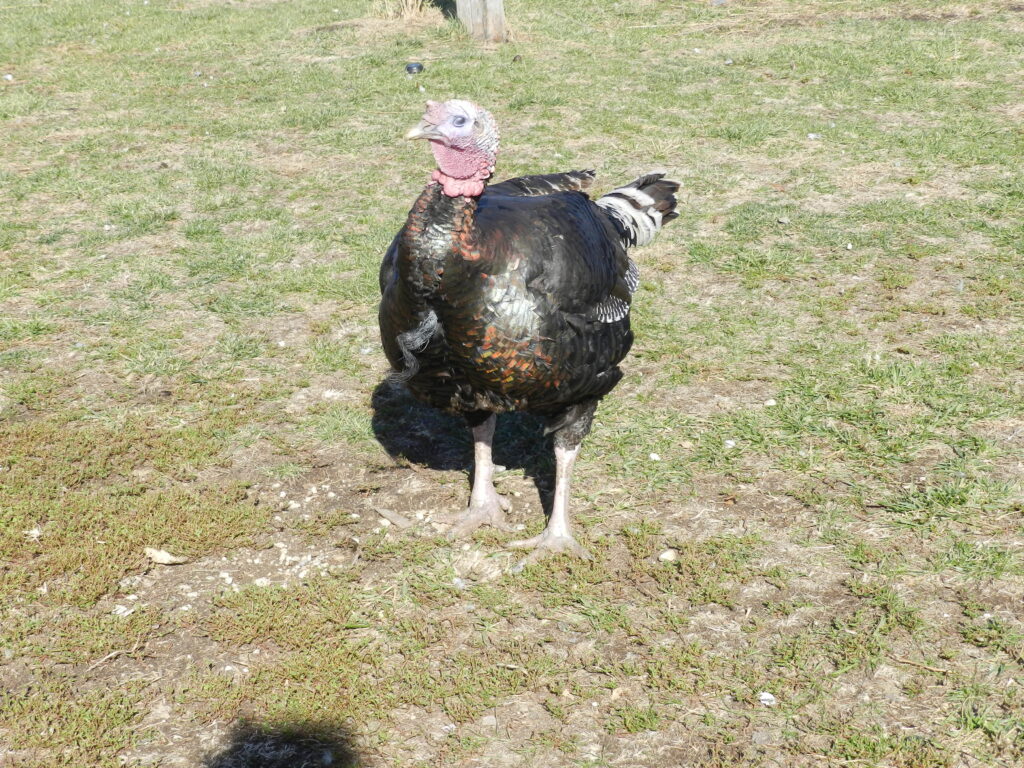
All of the extended family came to the farm from Missouri, where our hosts formerly lived before their house burned down. That allowed us to arrive at the farm before and leave after anyone else. During that time I chatted with our hosts David and Arlene about their noted reputation for kindness.
In addition to hosting complete strangers for Thanksgiving, the Talberts often hosted large community gatherings at their place. Their own experience of their home burning down led them to assist with programs like the Red Cross and Harvesters to distribute funds and food to people who suddenly found themselves in need. They echoed the philosophy we encountered in Leadville, that people in need rather be helped in the context of community rather than through anonymous donations.
I have two rules of thumb about hiking with injuries or illnesses: do not hike with a limp and do not hike with a fever. Walk slower, shorten your gait and/or lessen your load as need be to prevent limping. By such means I have witnessed someone hike the entire Appalachian Trail while starting out with a torn ligament. I have managed long distances while overcoming sprains and tendonitis. Yet if you limp even with something as minor as blisters the change in your body mechanics can snowball into further injuries.
As for illnesses, I managed to continue hiking through a variety of intestinal and respiratory illnesses, including the flu and likely giardia. Continued walking and mild exercise provides therapeutic benefits except when one has a fever. Increasing an already raised body temperature will aggravate and prolong recuperation, I imagine tragically for someone foolishly determined enough.
In obedience to these rules we took two rest days during the week following Thanksgiving. First I had a fever as we hiked north towards Lawrence, then Cindy caught what I had as we hiked east towards Kansas City. Fortunately, we had places to stay indoors both times.
We spent my convalescence at the Light Center which serves as both a retreat and commune. The Love Light retreat supports family disadvantaged children and grandmothers in Africa, offering seminars about their way of life and providing direct assistance for whatever is needed. The commune now forming on the property consists so far of three adults and four children, all committed to “heart centered living.”
We were able to spend Cindy’s convalescence at Tall Oaks Christian Camp, the third church camp in Kansas to house us. The director of the camp, Sharon Bracken, had just returned from serving with Micah Ministries, a combined ecumenical and civic effort to help the needy in Kansas City, taking their inspiration from Micah 6:8: “He has shown you what is good; so what does the Lord require of you, but to do justice, to love kindness and to walk humbly with your God.” Since this was the off-season for church camps we mostly had the places to ourselves.
In between the Light Center and Tall Oaks we stayed with Reid and Heather Nelson in Lawrence. Reid is a criminal lawyer and Heather a public defender. They provided us some insight in regards to the Westboro Baptist Church, the group that shows up to public events making incendiary comments. Turns out they want to be thrown out of these events, enabling them to subsequently sue over First Amendment rights. In other words, their seemingly faith based motives are really a money making con.
We were connected to the Nelsons by, who else, Ardie and Gretchen. The Nelsons brought us to the University of Kansas where I gave a presentation for the Ecumenical Campus Ministries there … except ECM forgot to advertise for the event. Indeed, they forgot about the event entirely and a bewildered custodian had to open up the venue for us. The Nelsons were our only audience, but at least Reid enjoyed the talk. He later posted on my blog:
“After you left Lawrence, it occurred to me that maybe you are part of an ancient oral tradition, bringing news and ideas on foot. There is something about this combination of exercise and sharing of ideas that is very appealing to me.”
During this stretch Cindy acquired a sun blister on her finger, an affliction that occurred to her on past journeys. As both a nurse and one who suffered with these blisters on past journeys, Cindy knew what needed to be done. When Ky attempted to offer some motherly type advice for healing the sun blister Cindy snapped at her.
Cindy may have snapped partly because a cold was already brewing inside her by this time, but I knew her cognitive decline had something to do with her reaction as well. A few months before the journey started, Cindy was let go from her job as a visiting nurse, with certification and particular expertise in wound ostomy. She considered a “lay person” telling her how to treat a wound as a painful reminder of the consequences of her decline.
By now in the journey Ky must have realized that her initial “Thelma and Louise” hopes of bonding with Cindy were not going to be realized, but I imagine the scolding she received still must have stung, considering that Cindy never snapped when I gave her advice. In that frightened, insecure mind over her cognitive decline I was becoming the beacon Cindy relied on, even in matters where her expertise surpassed mine, but advice from others was a perceived threat to her failing autonomy. On a shopping errand with Ky, while Cindy rested with her fever, I tried to sympathize with Ky and have her understand what was happening.

